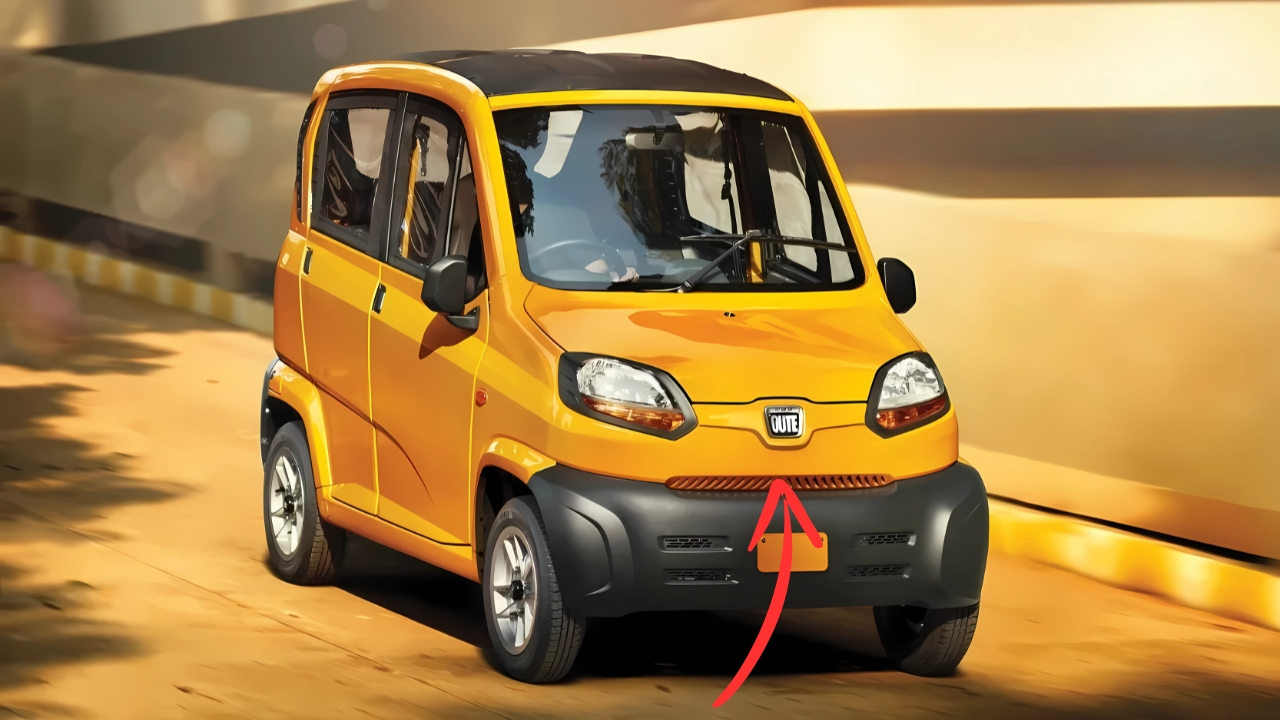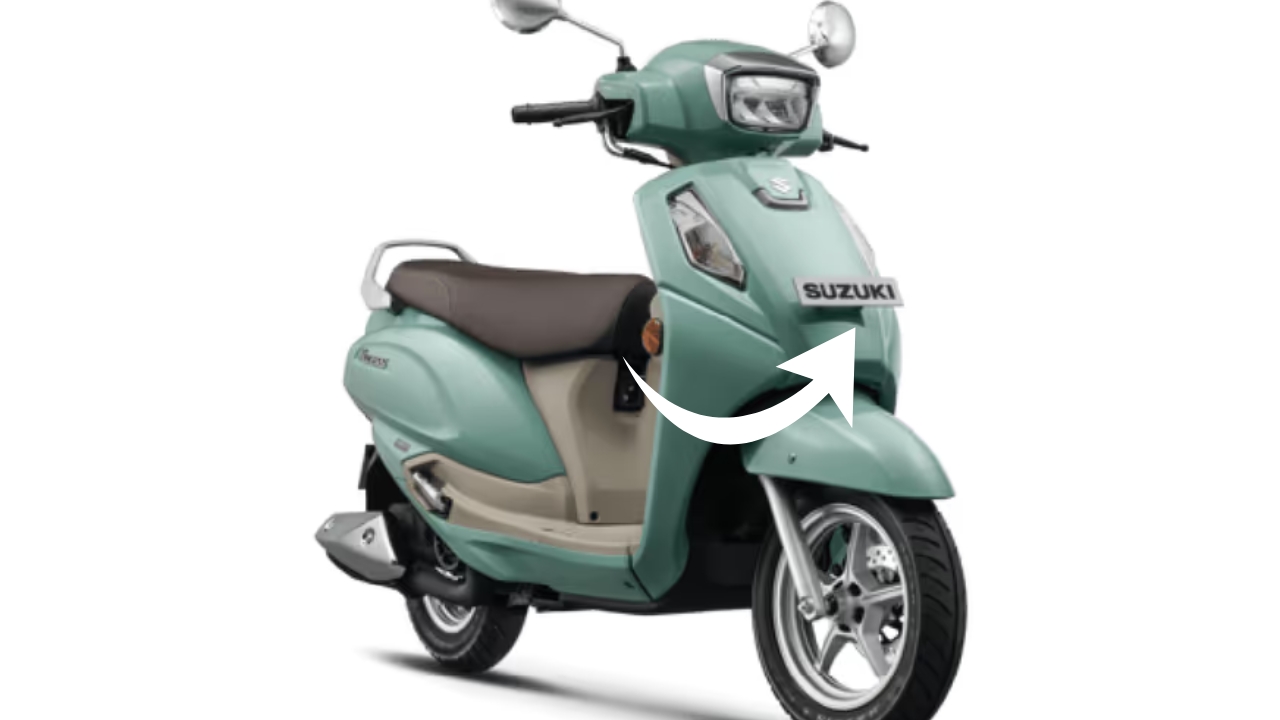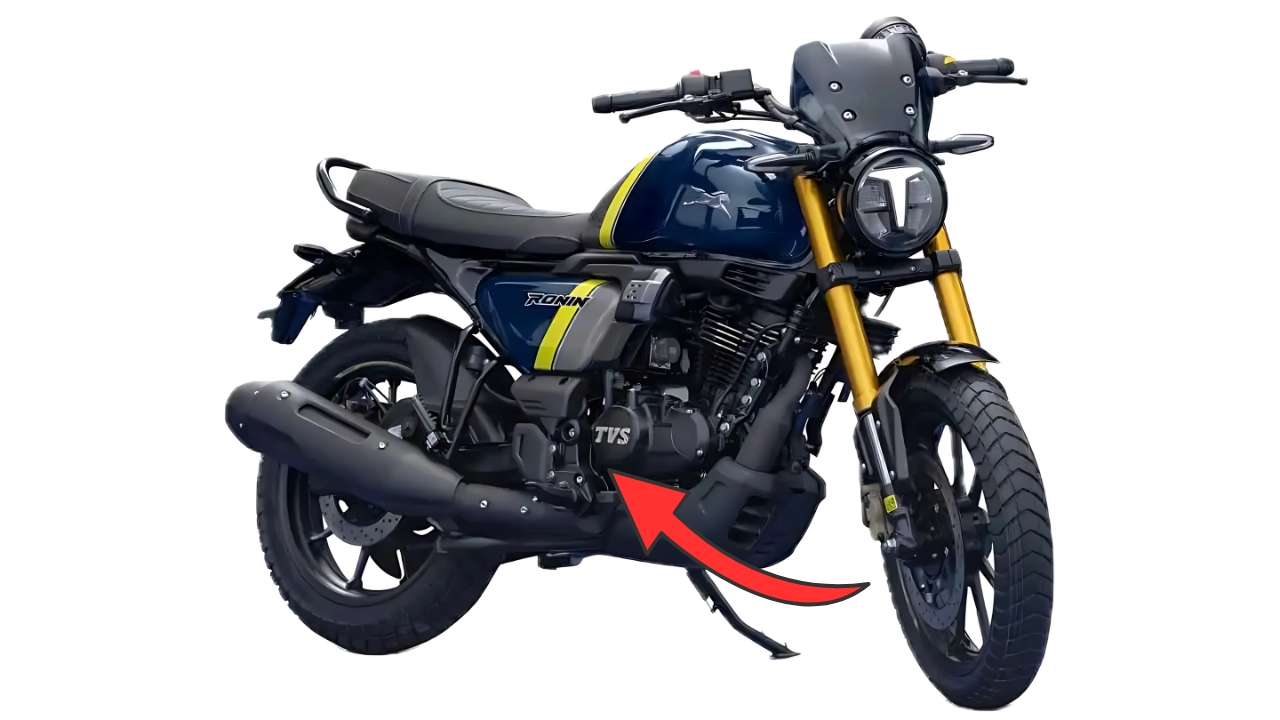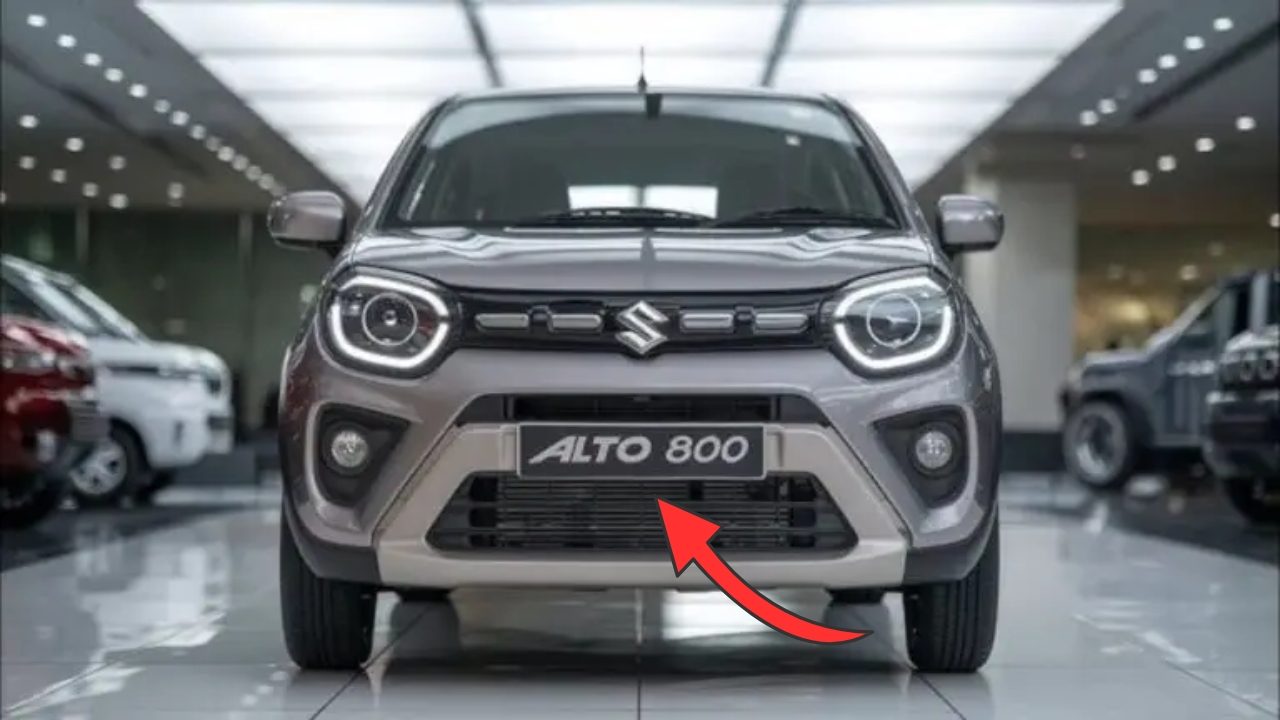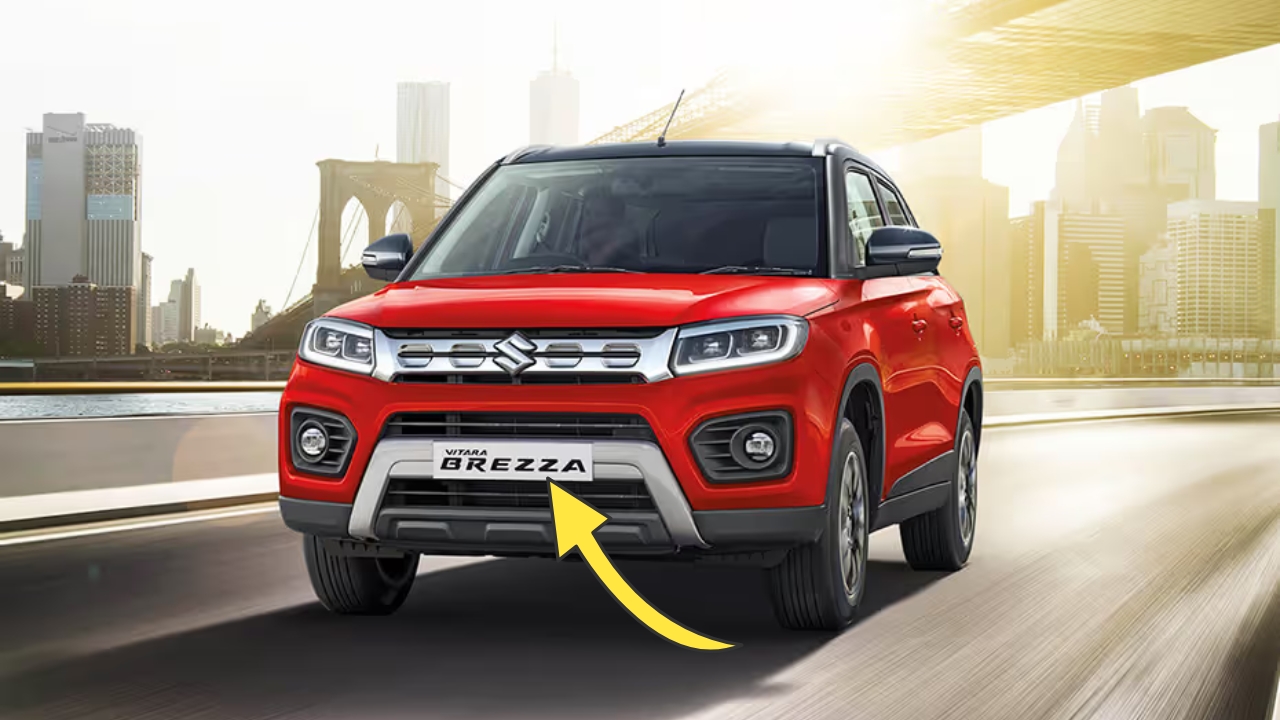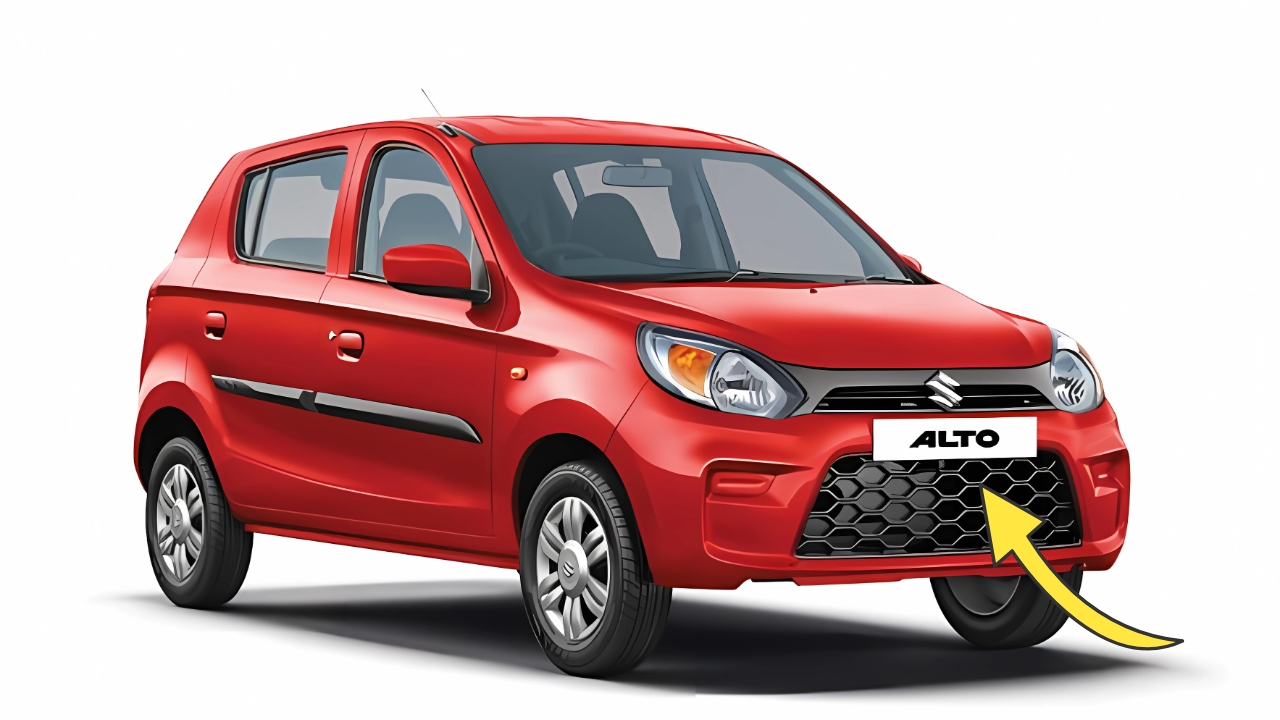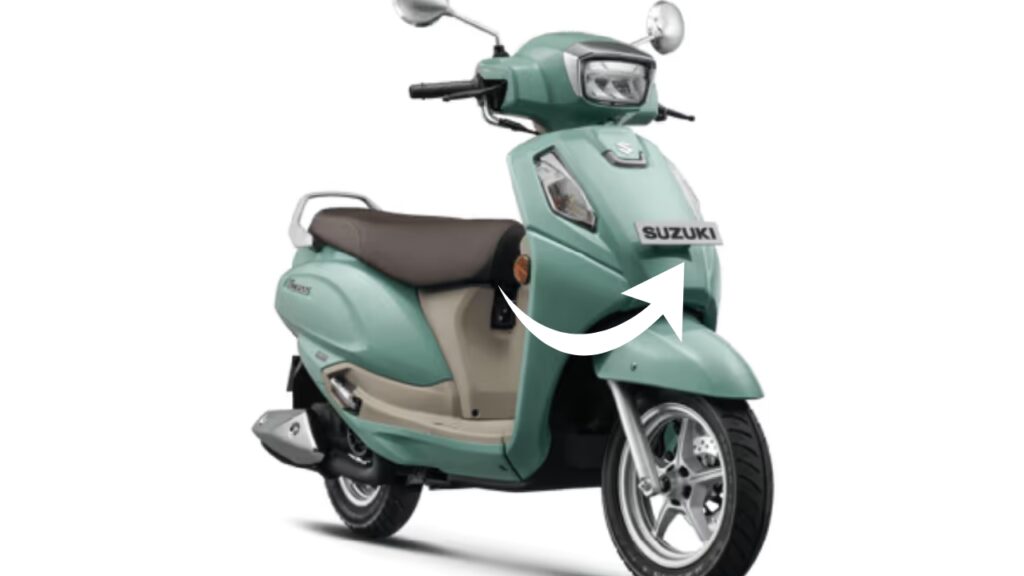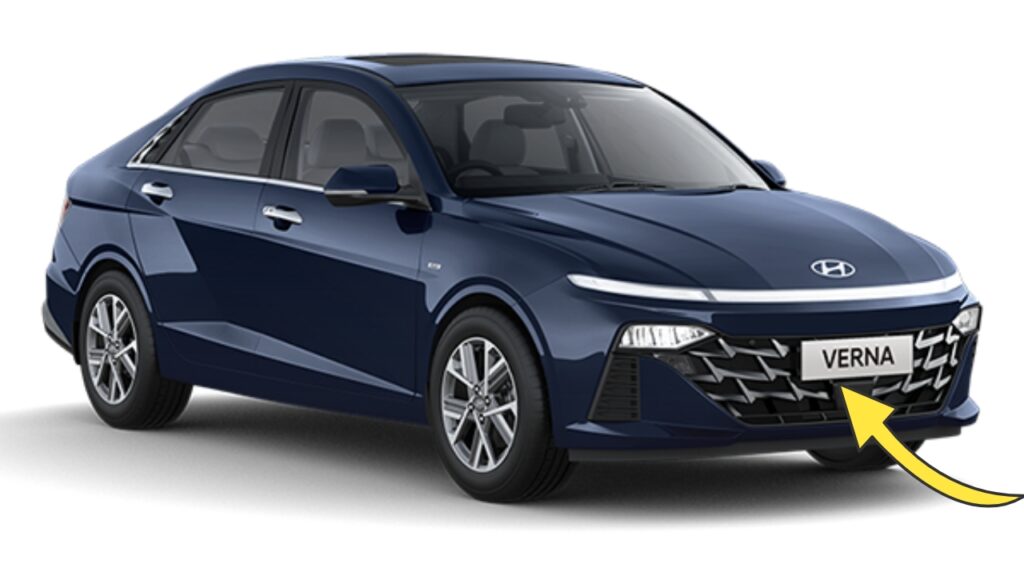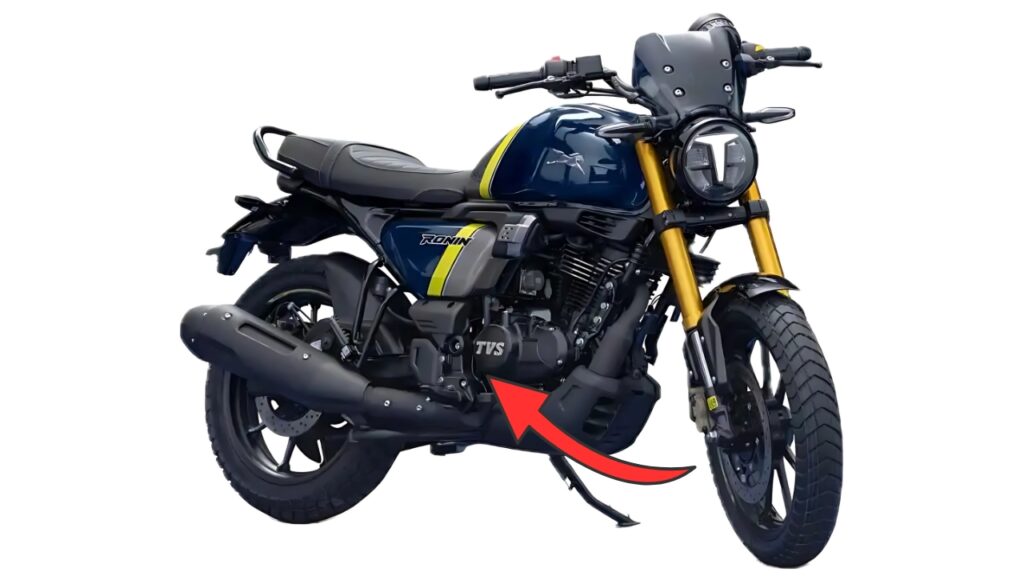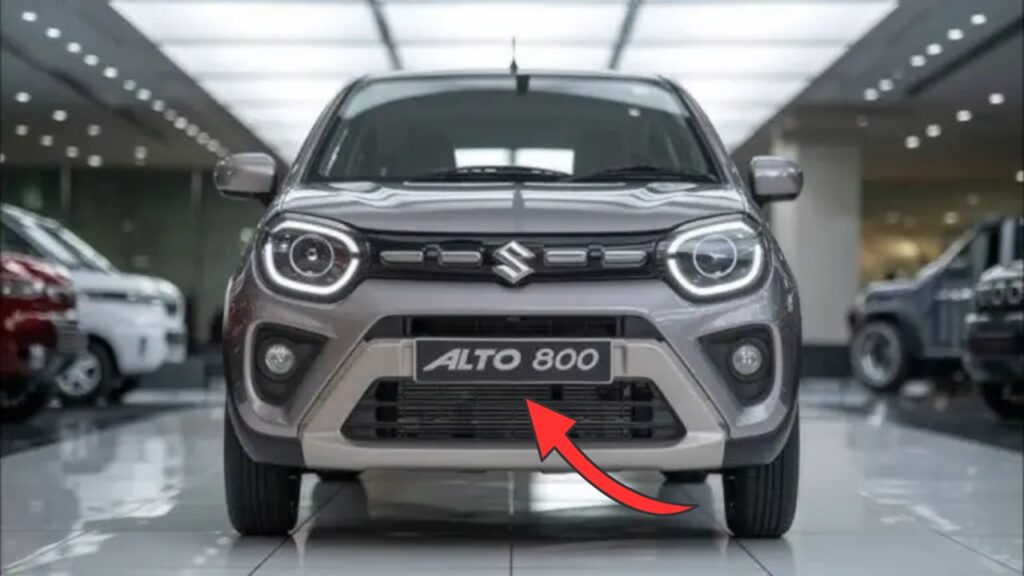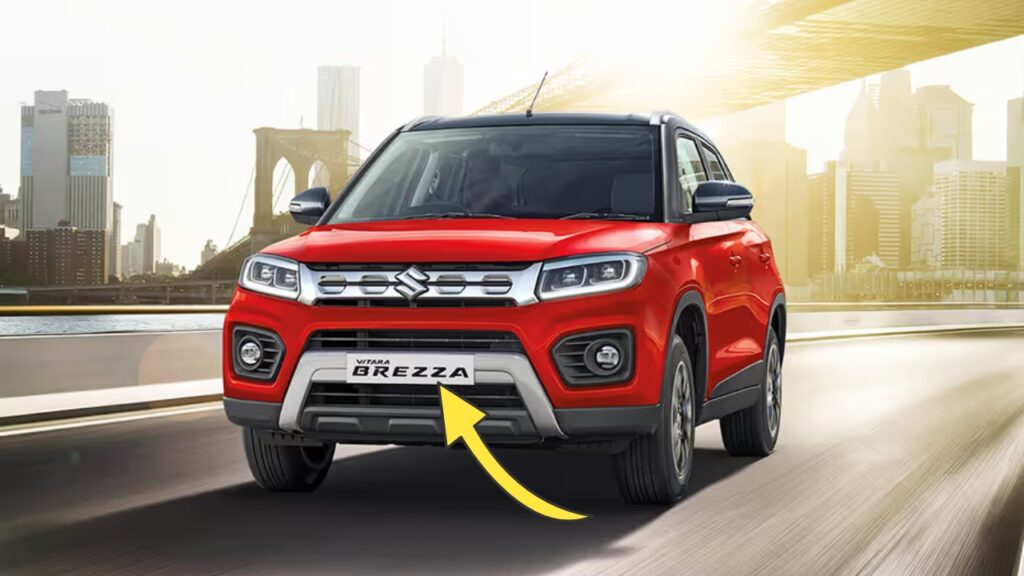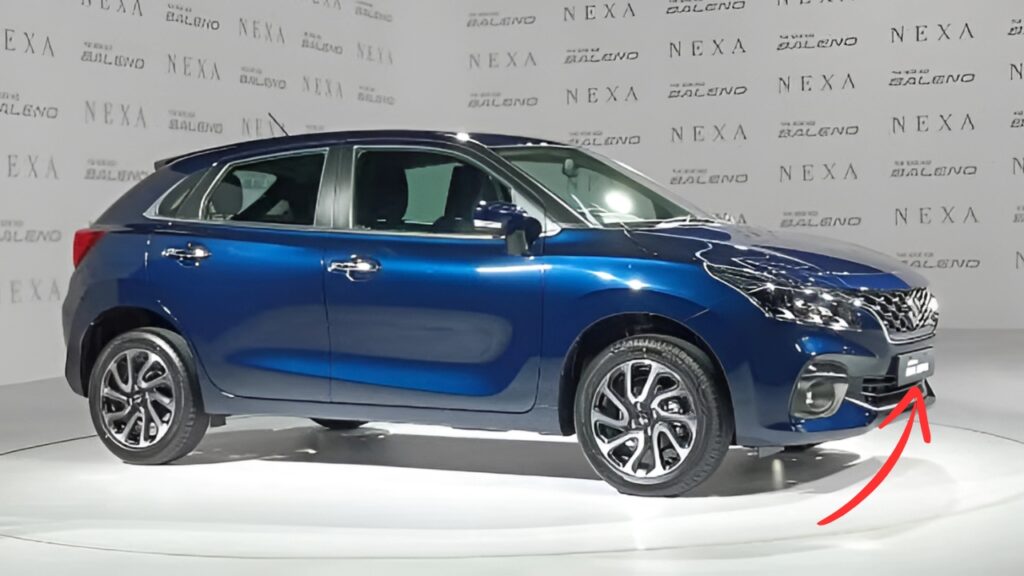Bajaj Qute: The Bajaj Qute represents a distinctive approach to addressing India’s urban transportation challenges, occupying a unique position between conventional three-wheelers and entry-level passenger cars.
This purpose-built quadricycle embodies Bajaj’s innovative spirit by creating a new vehicle category focused on efficiency, affordability, and practical urban mobility rather than merely downsizing traditional automotive concepts.
Bajaj Qute: Strategic Vision
The Qute emerged from Bajaj’s recognition that rapidly growing urban environments require transportation solutions beyond conventional categories.
By developing a vehicle that combines the maneuverability and efficiency of a three-wheeler with the enhanced stability, safety, and weather protection of a car, Bajaj created a compelling proposition for both commercial operators and budget-conscious private users navigating congested city streets.
What distinguishes the Qute from both auto-rickshaws and small cars is its purposeful design optimized specifically for dense urban environments rather than attempting to serve all transportation scenarios.
This focused approach delivers significant advantages in the specific use cases where traditional vehicles face limitations.
Design Philosophy
The Qute’s exterior design embraces functional minimalism with a focus on space efficiency:
-
Compact dimensions (2752mm length × 1312mm width × 1652mm height)
-
Monocoque structure balancing lightness with structural integrity
-
Large glass areas enhancing visibility and interior brightness
-
Four doors providing convenient access for all occupants
-
Rear hatch enabling practical cargo loading
-
Simple, durable exterior panels minimizing repair costs
The design prioritizes functionality over aesthetic considerations, acknowledging the vehicle’s primary purpose as practical transportation rather than status symbol.
Despite this utilitarian approach, the Qute maintains a distinctive character through its proportions and friendly countenance.
Technical Specifications
The Qute features appropriately scaled technical specifications that align with its intended purpose:
| Specification | Petrol Version | CNG Version |
|---|---|---|
| Engine | 216.6cc, single-cylinder, 4-valve | 216.6cc, single-cylinder, 4-valve |
| Maximum Power | 13.2 PS @ 5500 rpm | 11 PS @ 5500 rpm |
| Maximum Torque | 18.9 Nm @ 4000 rpm | 16.1 Nm @ 4000 rpm |
| Transmission | 5-speed sequential manual | 5-speed sequential manual |
| Fuel Efficiency | 35 km/l (claimed) | 43 km/kg (claimed) |
| Top Speed | 70 km/h (electronically limited) | 70 km/h (electronically limited) |
| Kerb Weight | 451 kg | 504 kg |
| Turning Radius | 3.5 meters | 3.5 meters |
| Fuel Tank Capacity | 8 liters | 35 liters water equivalent |
These specifications reflect thoughtful engineering decisions that prioritize efficiency and appropriateness for urban environments rather than pursuing higher performance that would be superfluous for the vehicle’s intended use cases.
Practical Advantages
The Qute delivers numerous practical benefits for its target applications:
-
Enhanced fuel efficiency reducing operating costs
-
Smaller footprint enabling easier parking and maneuverability
-
Improved safety compared to conventional three-wheelers
-
Weather protection enhancing comfort in diverse conditions
-
Reduced emissions contributing to urban air quality
-
Lower acquisition and maintenance costs than conventional cars
These advantages create a compelling value proposition for commercial operators like taxi services and delivery fleets, where the total cost of ownership significantly impacts business viability.
Regulatory Positioning
The Qute’s development and introduction involved significant regulatory considerations:
-
Initially conceived for export markets due to Indian regulatory limitations
-
Eventually classified under India’s quadricycle category with specific requirements
-
Commercial registration initially required before private use authorization
-
Compliance with safety standards appropriate to vehicle category
-
Separate driving license category in some jurisdictions
-
Operating restrictions in certain road categories and speed limits
These regulatory aspects reflect the challenges inherent in introducing innovative vehicle concepts that don’t fit neatly into established categories—a common hurdle for transportation innovations worldwide.
Real-World Applications
The Qute has found traction in several specific use cases:
-
Last-mile connectivity from public transit stations
-
Taxi services in congested urban environments
-
Delivery services requiring weather protection
-
Budget-conscious private transportation in smaller cities
-
Campus transportation at educational institutions and business parks
-
Tourism applications in historical districts with narrow streets
These applications leverage the Qute’s distinctive advantages while acknowledging its limitations for high-speed or long-distance travel scenarios.
Market Reception
The Qute’s market reception has demonstrated both challenges and opportunities:
-
Initial skepticism regarding the vehicle’s positioning between categories
-
Gradual acceptance as practical advantages became apparent
-
Strong interest from commercial operators focused on operating economics
-
Varied consumer response depending on transportation alternatives
-
Positive reception in markets with severe congestion challenges
-
Growing interest as urban mobility challenges intensify globally
This reception pattern follows the typical adoption curve for innovative products that challenge established categories, with pragmatic early adopters recognizing practical benefits before broader acceptance develops.
Bajaj Qute:
The Bajaj Qute exemplifies how thoughtful innovation addressing specific real-world challenges can create value by transcending conventional product categories.
By developing a purpose-built solution for urban mobility rather than merely downscaling traditional automotive concepts, Bajaj has delivered a vehicle that offers meaningful advantages for its intended applications.
As urbanization continues accelerating globally and transportation efficiency becomes increasingly critical for environmental and practical reasons, the Qute’s approach may represent an important direction for mobility innovation—focusing on appropriateness and efficiency rather than merely pursuing traditional automotive values of performance and luxury.
